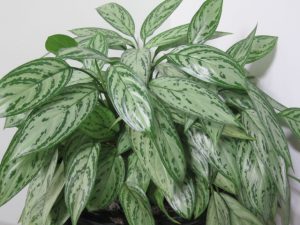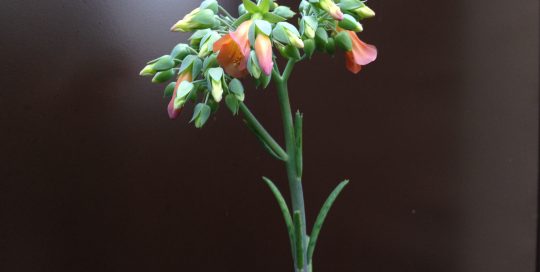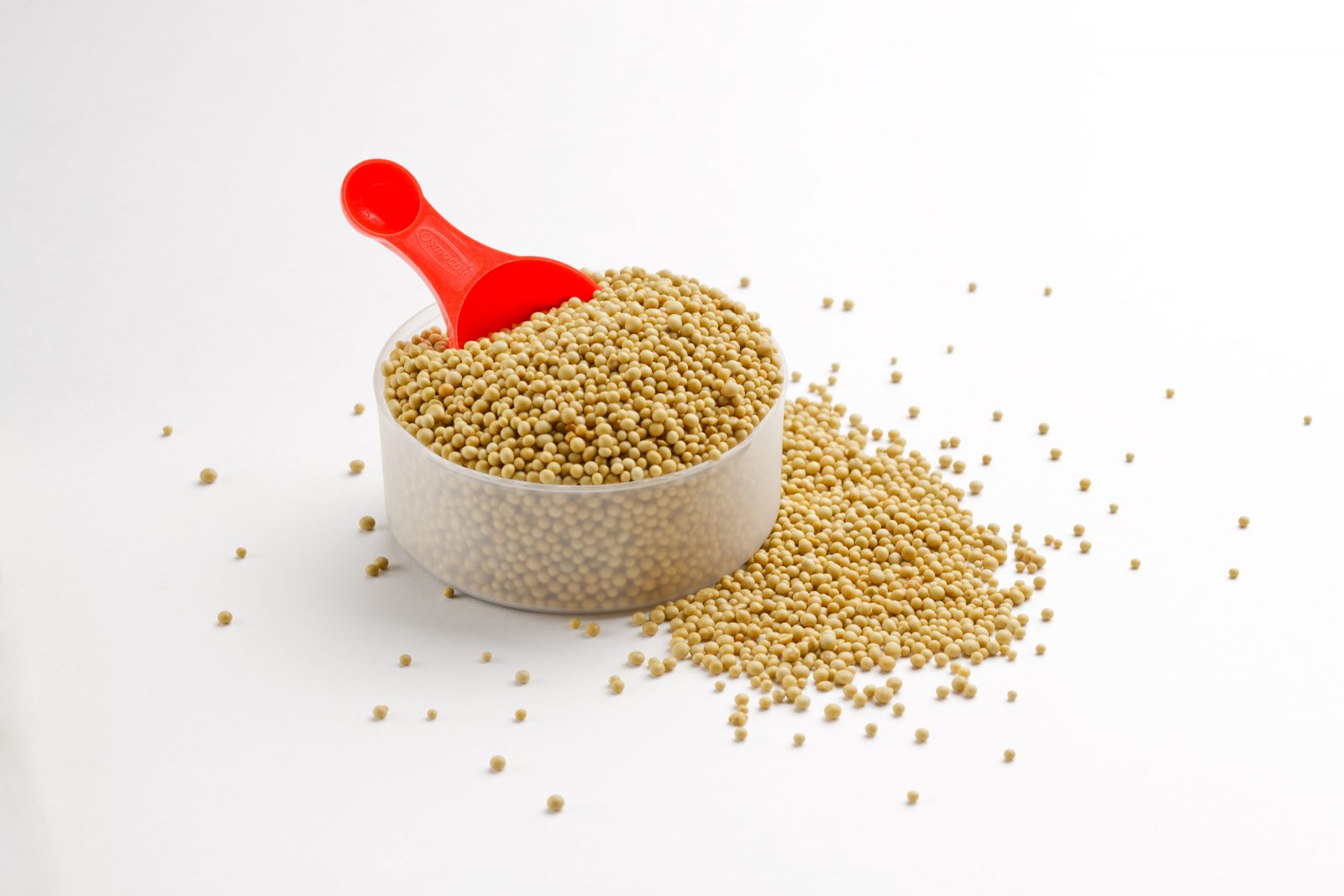Chinese Evergreen: An Easy-to-Grow Houseplant
Views: 14822

Aglaonemas, or Chinese Evergreen plants, are one of the best houseplants to try for those who weren’t blessed with a green thumb.
They belong to the Araceae family. It includes other tough-as-nails houseplants such as the Peace Lily (Spathiphylum) and Dumb Cane (Dieffenbachia). There are about 50 different Aglaonema species. They all have different variegation patterns and colors. White or silver variegation is most common (like the Silver Queen shown in the picture). It’s worth keeping an eye out for less commonly found varieties that display bright pink, red, and/or yellow variegation.
The Lucky Houseplant
Aglaonemas get their name from the Greek words aglos, which means bright, and nema, which means thread. They are native to tropical regions of Southeast Asia, where they grow on the forest floor, making them perfectly suited for low light conditions. The Chinese were the first to cultivate them, hence the common name, Chinese Evergreen.
There are tales of Aglaonemas bringing luck to their owners. One tale says a man noticed the outline of numbers on his plant after a rainstorm and bought a winning lottery ticket based on those numbers. Apparently some people now pick their lottery numbers by counting the spots on the leaves of their Aglaonemas. This seems next to impossible since most variety’s leaves are more striped than spotted. And those that are spotted are either not clearly defined or have so many spots that it would take hours to count them.
How high do lottery numbers go anyways? Regardless, I wish you luck at winning the lottery, whatever method you use to pick your numbers.
Caring for Chinese Evergreen
Aglaonemas rarely flower as a houseplant, but that’s okay because the leaves are the star of the show.
In fact, many growers remove the flowers so that they don’t take energy away from leaf production. Depending on the variety and conditions (pot size, light, moisture, etc.), the Chinese Evergreen may grow anywhere between 12-40 inches in height and width and prefer a location with indirect light, making these the perfect houseplant for that corner of your home that needs a little life.
However, if they become a little too leggy, try moving to a brighter location and cut back a stem or two at a time to regenerate lower leaves. Aglaonemas also do well in artificial light, making them an excellent candidate for the office. Interior plantscapers have long used Chinese Evergreen for public spaces like malls and airports.
Aglaonemas are not fussy about their soil mix, as long as it drains freely. Soggy soil is the easiest way to kill an Aglaonema, since too much moisture will rot its roots and stems. Cold temperatures will also kill Aglaonemas and it is best to keep the ambient temperature at a minimum of 60 degrees Fahrenheit, preferably higher.
Propagating Aglaonemas
Propagation of Aglaonemas is easy by division or by taking cuttings. For division, simply remove a plant with multiple stems from its container and gently separate the stems, making sure each retains some attached roots. Then plant each piece in a separate container.
You can easily root cuttings in potting soil with no rooting hormone. Just cleanly cut a young, healthy piece of the plant with at least five leaves, remove the lowest two leaves, and insert the cut end into potting soil. You should see roots in four to six weeks. Only propagate plants for your own usage, as you may be infringing on trademark or patent laws if you try to sell these plants.
Meet Abbi Hayes
Abbi's Recent Posts

Kalanchoe delagoensis: Mother of Millions







